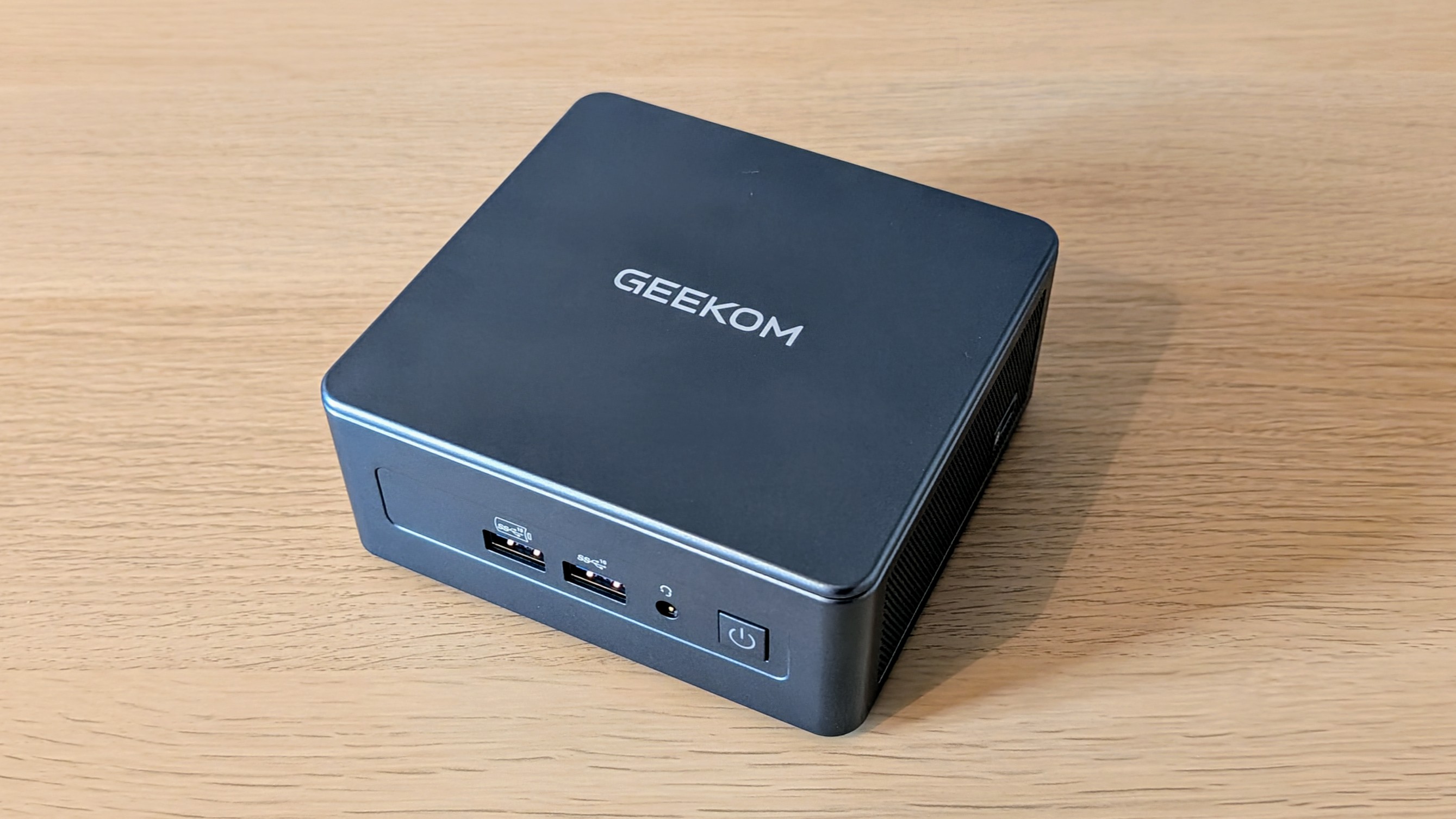Wells Fargo firing staff for using 'mouse jiggler' tools raises questions over employee privacy, wellbeing
Wells Fargo is by no means the first company to crack down on mouse jigglers


Wells Fargo’s decision to fire staff for using “mouse jiggler” tools highlights a pervasive culture of workplace surveillance – and there’s little staff can do to stop the trend in the age of hybrid work.
The financial services firm fired more than a dozen employees in May over what it described as a “simulation of keyboard activity” that created the “impression of active work”.
The aforementioned employees are believed to have been using devices or software used to imitate activity on their work devices. These are commonly referred to as “mouse jigglers” or “mouse movers”.
Devices such as these have grown in popularity since the onset of the Covid pandemic and the shift to remote and hybrid working.
According to reports from Bloomberg, it remains unclear whether the fired employees were using these devices at home or in the office. However, Wells Fargo said the actions of the dismissed employees amounted to gross misconduct.
“Wells Fargo holds employees to the highest standards and does not tolerate unethical behavior,” a company spokesperson said in a statement.
While the company may have been justified in this regard, the incident highlights a larger trend of workplace monitoring that has surged in recent years, according to Ellen Goodland, associate in the employment team at UK-based law firm, Burges Salmon.
Get the ITPro daily newsletter
Sign up today and you will receive a free copy of our Future Focus 2025 report - the leading guidance on AI, cybersecurity and other IT challenges as per 700+ senior executives
“Prompted, no doubt, by the growth in home working since the pandemic, the monitoring, by employers, of their employees is becoming increasingly common,” she said.
Goodland added that this trend has given rise to a slew of new technologies and tools aimed at enabling employers to monitor staff during their daily activities.
“The tech market has been quick to catch on to this trend and, alongside the tried and tested methods of CCTV, attendance logs and email and telephone monitoring. numerous new monitoring technologies are now available including keystroke-logging, browser monitoring, and social media tracking.”
The use of monitoring technologies appears to be negatively impacting some employees and is placing workers at odds with their organizations.
A recent study from Forbes, for example, found that 43% of employees have their online activity monitored by employees. The issue has reached such an extent that some are even using virtual private networks (VPNs) to circumvent surveillance practices.
Hybrid employees in particular were found to experience far more scrutiny in this regard, according to Forbes. Nearly half (48%) of workers reported monitoring practices compared to 37% of fully remote employees.
Notably, 39% said workplace monitoring practices have a negative impact on their relationship with employers, and 43% said it negatively impacts company morale.
Workplace monitoring raises ethical and legal questions
There are serious considerations – and potential penalties – for employers employing invasive workplace monitoring practices.
Last year, the UK’s Information Commissioner’s Office (ICO) issued fresh guidance urging organizations to “consider workers’ rights” when introducing such tools.
The warning from the data protection watchdog followed the publication of a report which found 70% of the public would find workplace monitoring practices “intrusive”.
Nearly one-in-five (19%) also told the ICO they believe they had been monitored by their employer at some stage.
RELATED WHITEPAPER

The watchdog warned that excessive monitoring can “easily intrude into people’s private lives” and undermine privacy.
Ellen Goodland said employers must ensure any employee monitoring is undertaken lawfully as the “potential consequences of getting it wrong can be extensive”.
“The ICO has the powers to investigate monitoring off their own initiative or an employee may complain to the ICO about the (mis)use of their personal data, which could also result in an ICO investigation,” Goodland told ITPro.
“If the ICO finds there have been data breaches then it can take enforcement action, including through information notices (requiring certain information being provided to the ICO), enforcement notices (requiring action to be taken or not taken) and imposing (sometimes heavy) financial penalties.”
Crucially, Goodland said that communication with employees on the subject is key to ensure that staff can voice concerns and understand the rules being put in place.
“Transparency is a fundamental principle of data protection compliance, and organizations will be required to demonstrate they have been transparent with employees about what monitoring is taking place.”

Ross Kelly is ITPro's News & Analysis Editor, responsible for leading the brand's news output and in-depth reporting on the latest stories from across the business technology landscape. Ross was previously a Staff Writer, during which time he developed a keen interest in cyber security, business leadership, and emerging technologies.
He graduated from Edinburgh Napier University in 2016 with a BA (Hons) in Journalism, and joined ITPro in 2022 after four years working in technology conference research.
For news pitches, you can contact Ross at ross.kelly@futurenet.com, or on Twitter and LinkedIn.
-
 Geekom Mini IT13 Review
Geekom Mini IT13 ReviewReviews It may only be a mild update for the Mini IT13, but a more potent CPU has made a good mini PC just that little bit better
By Alun Taylor
-
 Why AI researchers are turning to nature for inspiration
Why AI researchers are turning to nature for inspirationIn-depth From ant colonies to neural networks, researchers are looking to nature to build more efficient, adaptable, and resilient systems
By David Howell